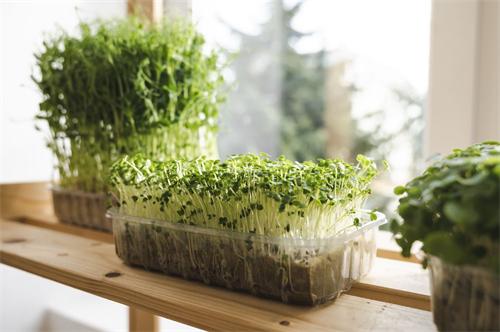
From colorful hair dyes to serums that claim to deeply nourish hair, the beauty market seems to be an endless treasure trove, promising quick changes and lasting beauty. However, as scientific research deepens, we gradually realize that these seemingly perfect solutions may hide health risks that cannot be ignored.
Hair dyeing, as a shortcut to quickly change hair color, is deeply loved by beauty lovers around the world. However, behind the beauty, the chemical ingredients in hair dyes such as ammonia, hydrogen peroxide, and phenylenediamine may become invisible killers of health. While these substances open the hair scales and allow pigments to penetrate, they may also cause scalp allergies, dryness, and desquamation. Long-term and frequent use may even increase the risk of skin cancer. In addition, the irritating odor released during the hair dyeing process may also have adverse effects on the respiratory system. Therefore, when choosing hair dye products, we should try to choose low-irritation, ammonia-free or hydrogen peroxide-free formulas, and follow safe operating guidelines to reduce direct contact time with the scalp.
Unlike hair dyes, nourishing serums are often seen as a savior for hair, promising to deeply nourish and repair dry, damaged hair. However, there are many types of serums on the market, and the quality varies. Although some products claim to contain natural ingredients, they may actually be mixed with additives such as artificial fragrances and preservatives, which may also irritate the scalp and cause sensitivity or inflammation. In addition, over-reliance on external nourishment and neglecting internal conditioning (such as a balanced diet and adequate sleep) is also a big misunderstanding for many people on the road to hair care. Remember, healthy hair comes from a healthy body, and both inside and outside are the key.
Faced with the uncertainties of hair care products, more and more people are turning to natural and simple hair care methods. For example, using organic shampoos and conditioners, which usually do not contain harmful chemical ingredients such as silicone oils and sulfates, are more gentle and skin-friendly; regularly performing scalp massages to promote blood circulation and enhance scalp health; and taking in enough protein, vitamins and minerals through a balanced diet to provide hair with nourishment from the inside out. In addition, reducing the use of hot tools (such as hair dryers and hair straighteners) and avoiding frequent hair dyeing and perming are also important measures to protect hair from damage.
In the pursuit of beauty and health, we should learn to make rational choices and take care of hair scientifically. Understand and pay attention to the ingredients of hair care products to avoid potential health risks; at the same time, pay attention to internal conditioning and cultivate good living habits to let hair thrive under natural nourishment.
Recommend:

Top Tips for Making the Most of Your Adventure

Compact Gardens, Maximum Impact: Clever Design Hacks for Small Spaces

Cappadocia Balloon Ride: Cost & Info You Need To Know

6 front yard landscape design ideas that will change your home

